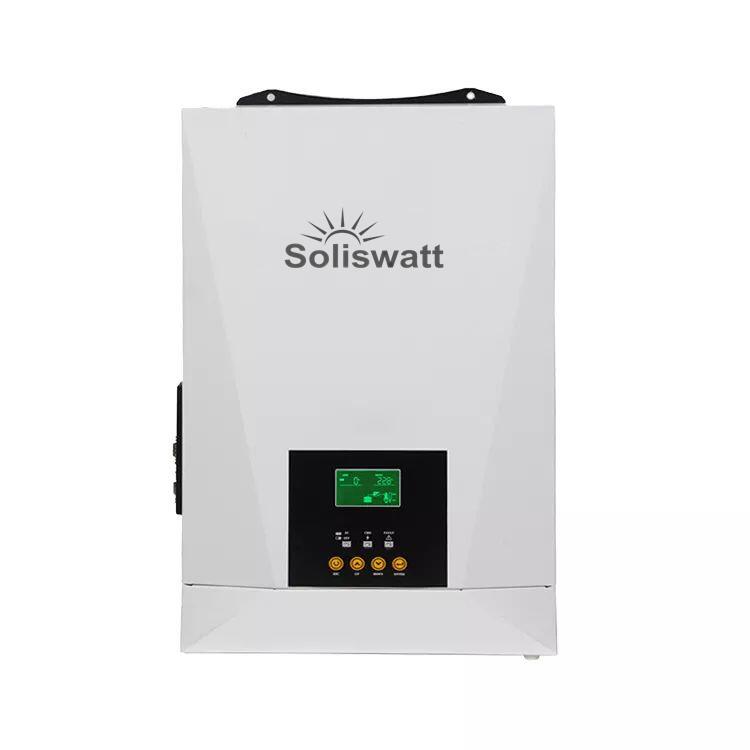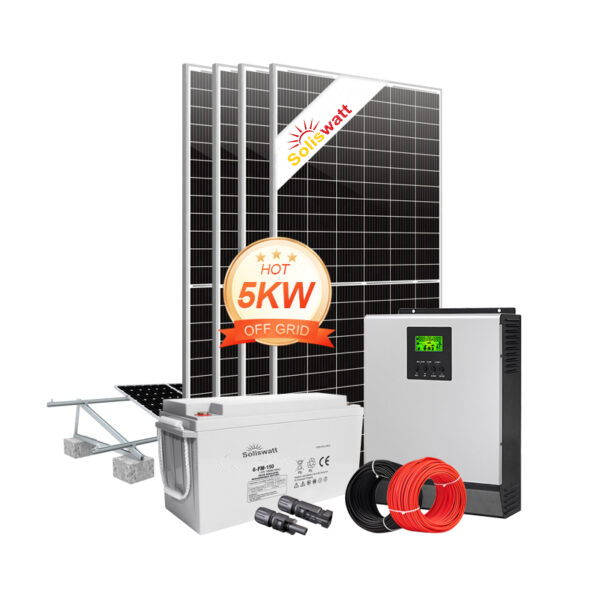In the design and application of energy storage systems, heat dissipation technology is a key factor in ensuring the stable operation of the system. At present, air cooling and liquid cooling are the two most mainstream heat dissipation methods. What is the difference between the two? This article will give a detailed introduction.
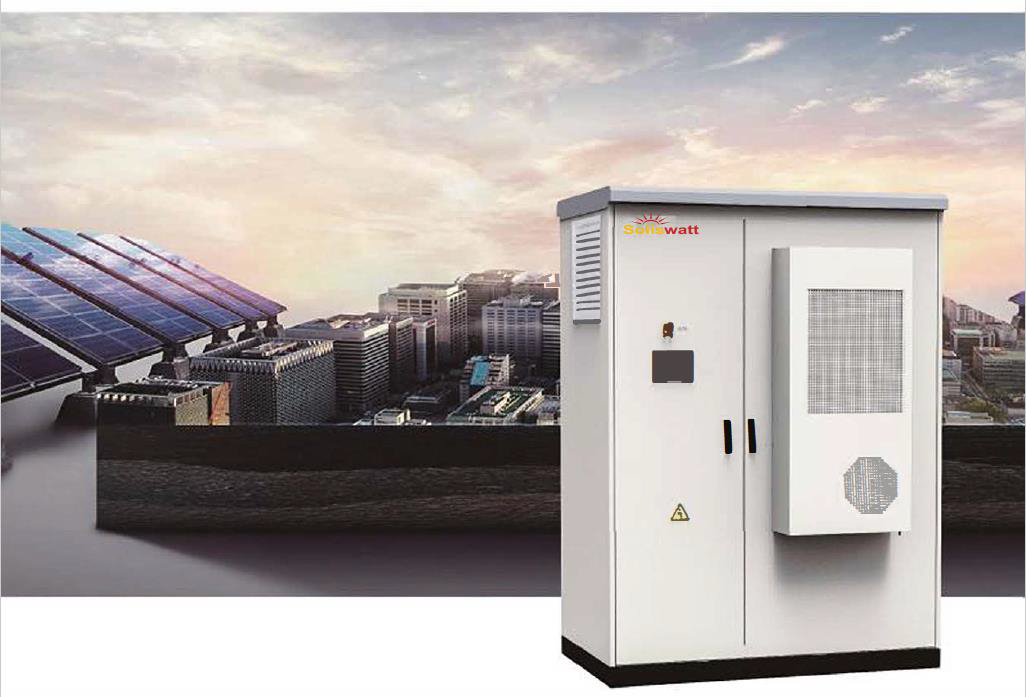
Difference 1: Different heat dissipation principles
Air cooling relies on air flow to take away heat and reduce the surface temperature of the equipment. Its heat dissipation effect will be affected by factors such as ambient temperature and air circulation. Air cooling requires a certain gap between the components of the equipment as an air duct, so the air-cooled heat dissipation equipment is often larger in size; in addition, due to the air duct and the need to exchange heat with the outside air, the structure often cannot achieve a relatively high protection level.
Liquid cooling is to reduce the internal temperature of the equipment through liquid circulation. It requires that the heat-generating equipment components need to have good contact with the heat sink, and at least one side of the heat-dissipating device is flat and regular; the heat exchange of liquid cooling temperature control is ultimately to dissipate the heat to the outside through the liquid cooler. Since the equipment itself has liquid, the equipment with liquid cooling can achieve a relatively high level of protection.
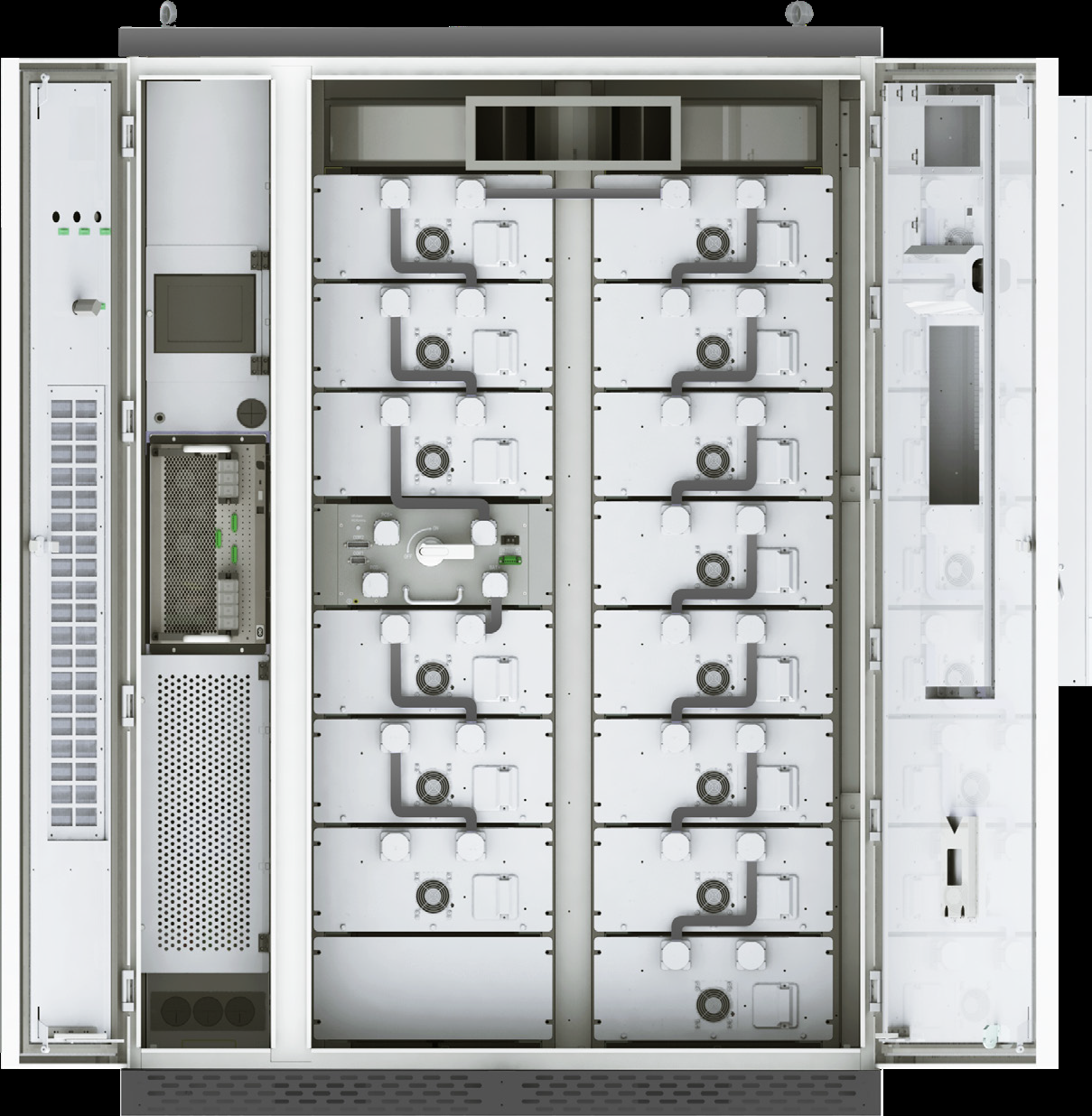
Difference 2: Different applicable scenarios
Air cooling is widely used in energy storage systems of various sizes and types, especially in outdoor environments. It is currently the most widely used cooling technology, such as industrial refrigeration, communication base stations, data centers, temperature control scenarios, etc. Its technical maturity and reliability have been widely verified, especially in medium and low power scenarios, air cooling still occupies the mainstream position.
Liquid cooling is more suitable for large-scale, high-energy-density energy storage projects. In situations where the battery pack has high energy density, fast charging and discharging speed, and large ambient temperature changes, the advantages of liquid cooling are particularly obvious.
Difference 3: Different heat dissipation effects
The heat dissipation effect of air cooling is easily affected by the external environment, such as ambient temperature, air flow, etc., so the heat dissipation requirements of high-power equipment may not be met. Liquid cooling has a better heat dissipation effect, which can effectively control the internal temperature of the equipment, improve the stability of the equipment and extend its service life.
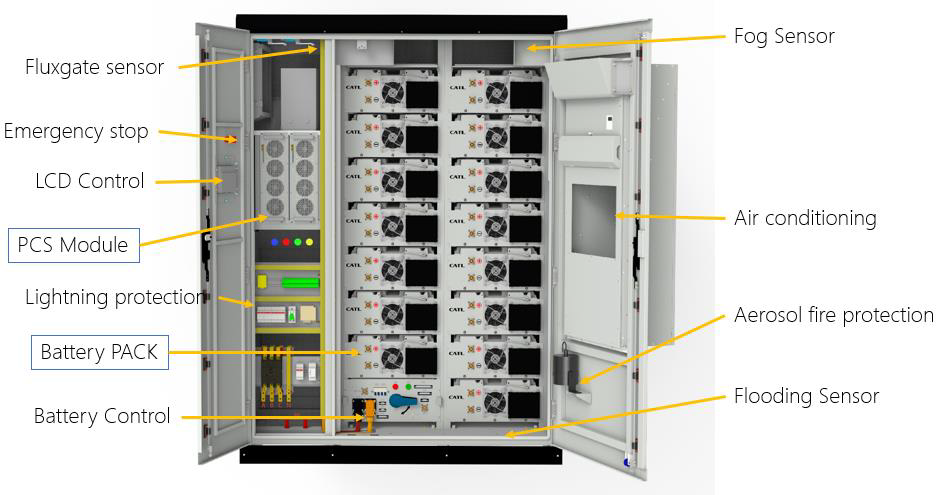
Difference 4: Design complexity
The design of air cooling is relatively simple and intuitive, mainly focusing on the installation of the cooling fan and the design of the air circulation path. The core lies in the configuration of air conditioning and air ducts to achieve effective heat exchange.
Relatively speaking, the design of liquid cooling is more complicated, involving the overall layout of the liquid circulation system, the selection of pumps, the circulation of coolant and the long-term maintenance of the system.
Difference 5: Different costs and maintenance
The initial investment cost of air cooling is low and the maintenance is simple. However, since the protection level cannot reach IP65 or above, dust may accumulate in the equipment, which requires regular cleaning, which will increase maintenance costs.
The initial investment cost of liquid cooling is high and the liquid circulation system needs to be maintained. However, due to the liquid isolation in the equipment, its safety is higher. The coolant is volatile and needs to be regularly tested and refilled.
Difference 6: Different operating power consumption
The power consumption composition of the two is different. Air cooling mainly includes the power consumption of air conditioning and electrical warehouse fans; liquid cooling mainly includes the power consumption of liquid cooling units and electrical warehouse fans. If under the same conditions, in order to maintain the same temperature, the power consumption of air cooling is usually lower than that of liquid cooling.

Image 50kW/100kWh Industrial and Commercial Photovoltaic Storage Integrated Machine (Air Cooling)
Difference 7: Different Space Requirements
Air cooling may take up more space because it needs to install fans and radiators. Relatively speaking, the radiator of liquid cooling is smaller and can be designed more compactly, so the space requirements are more flexible and can effectively save space. For example, the 125kW/233kWh industrial and commercial liquid cooling energy storage system of Soliswatt adopts an integrated highly integrated design, covering an area of only 1.3㎡, which can greatly save space.
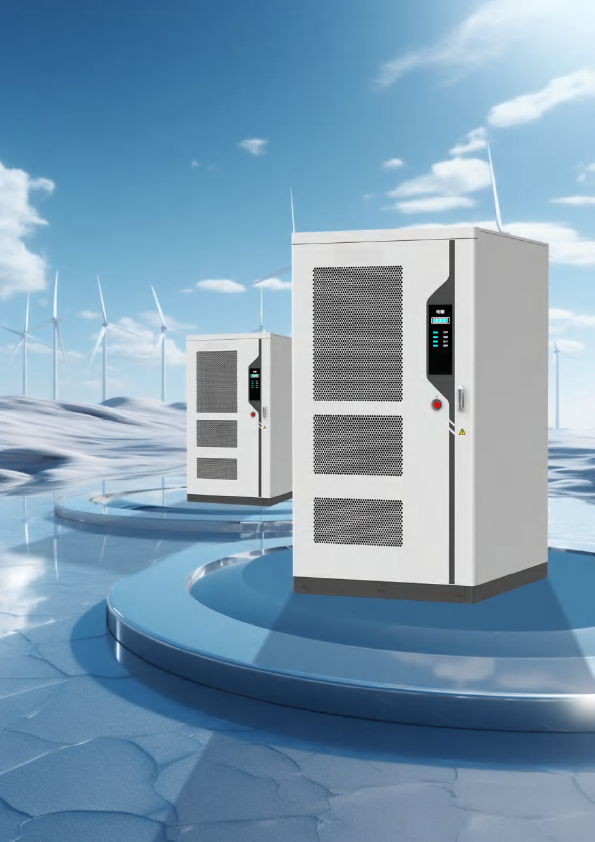
Image:125kW/233kWh Industrial and Commercial Liquid Cooling Energy Storage System
Summary
In summary, the application of air cooling and liquid cooling in energy storage systems has its own advantages and disadvantages, and the choice of which one needs to be determined according to the specific application scenario and needs. If cost and heat dissipation efficiency are key factors, liquid cooling may be more suitable; if easy maintenance and environmental adaptability are considered, air cooling is more advantageous. Of course, it can also be mixed according to the specific situation to achieve better heat dissipation effect.

